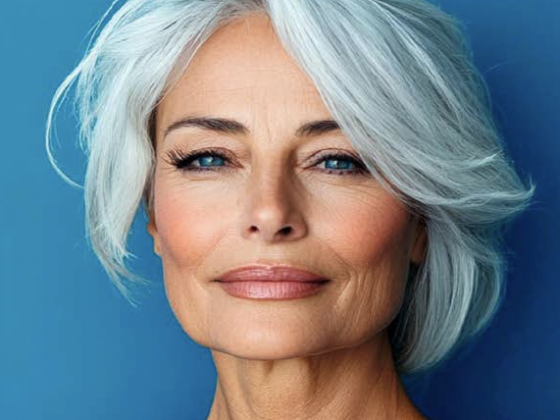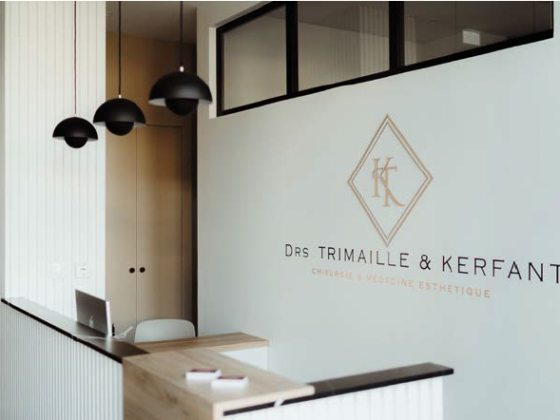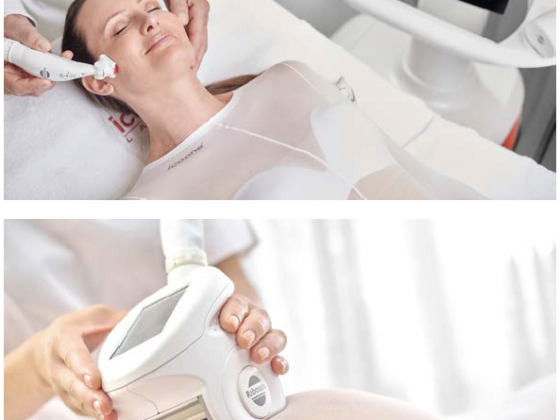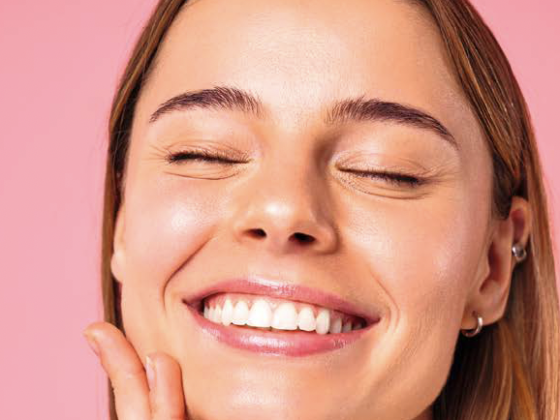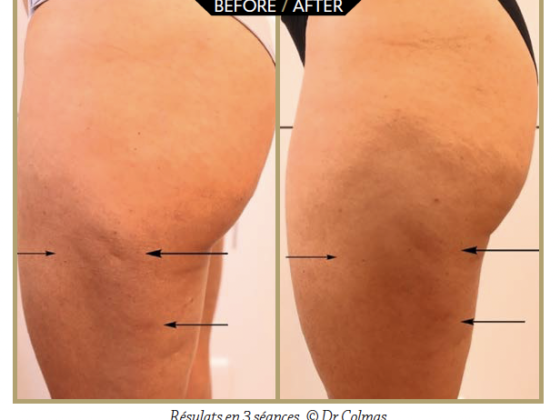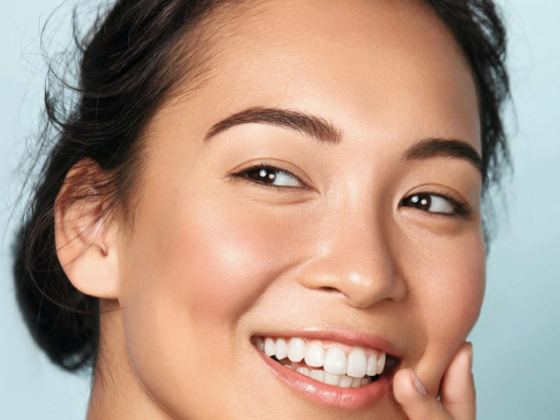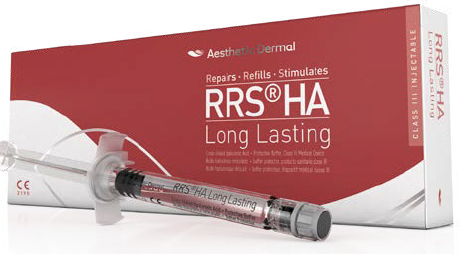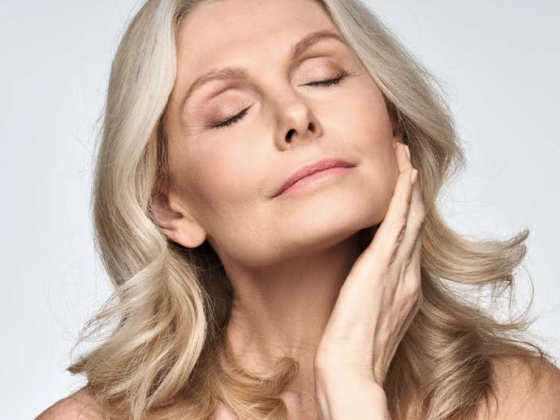Doctor Sabine Zenker
Racial and ethnic differences in facial shape, anatomical features and aesthetic conception are huge.
On an international scale, ethnic aesthetic trends have seen a big movement toward Western ideals. But these aesthetic trends do vary a lot and in all aspects. Looking at the anatomical aspects, especially key angles and proportions do vary in different ethnicities.
As facial aging does especially affect the midface, the attention drawn to this anatomical area and over the past years is important. The presence of accentuated cheekbones is a beauty trait in many cultures as they form a symmetrical and lifted facial shape. But cheek`s shapes do vary: High cheekbones is a trait for people of Central- and Eastern Europe, Asian Women do show wider mandibles.
The evolving field of facial volume restoration is changing our concept of facial rejuvenation. As we are able to three-dimensionally re-store, re-define and re-shape facial structures and especially in a multi-layer way, one can realistically look for filling out sunken cheeks and for improvment the overall facial contour in a aesthetically very appealing way. After all and thanks to modern high-end techniques and filler material it has been shown clinically and in clinical research, that cheek augmentation improves feelings of facial attractiveness.
The wish and desire to look and feel good is a common one. But every face is different and does require an individuall indication-specific treatment plan.
Ethnik Cheek Augmentation
Expectations and aesthetic perception do vary inbetween the different ethnicities: European women tend to expect to simply look better but not changed, many of them wouldn`t even tell their best friend that they had undergone any treatment. Many of the Russian women like to accentuate shape and form their facial features in a more visible way. Asian women may not „need“ to improve cheek`s volume, they rather look for more shape and lift as well as for camouflaging dimples and depressions.
The overall goal in treating cheeks is –and this is where all comes together- to subtly shape and lift those angles of the face and to add volume where it has been lost. The approach to achieve is new: filler treatments should be done nowadays and as said previously ethnicity-specific (different anatomical features require different techniques), indication-specific (not every filler with it`s properties matches the needs of different anatomical areas: e.g. for cheek treatment, highly viscous and highly elastic filler materials are advantageous as they lift precisely and therefore do have the potential to shape, too), smarter (using controlled, more precise ways of delivery such as with the aid of injection systems or less agressing injection tools such as blunt tip cannulas) etc..
At the end oft he day it is all about customising our treatments and about finding the appropriate one foreach patient. As long as we try to handle the aesthetic concerns of our patients around the world accordingly, one does not have to feel shy about accepting a little help to turn back the clock!


